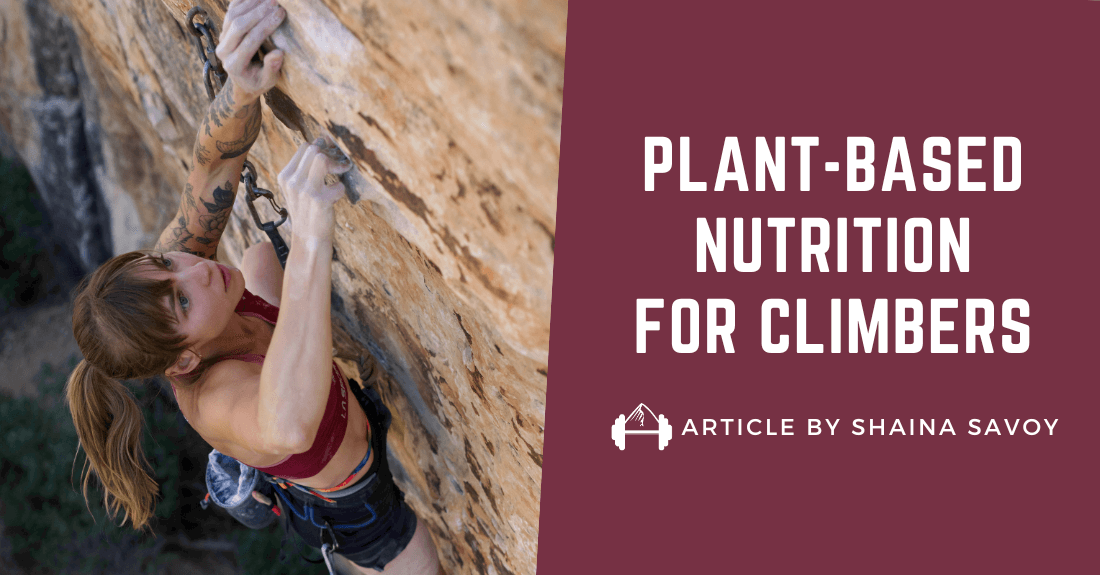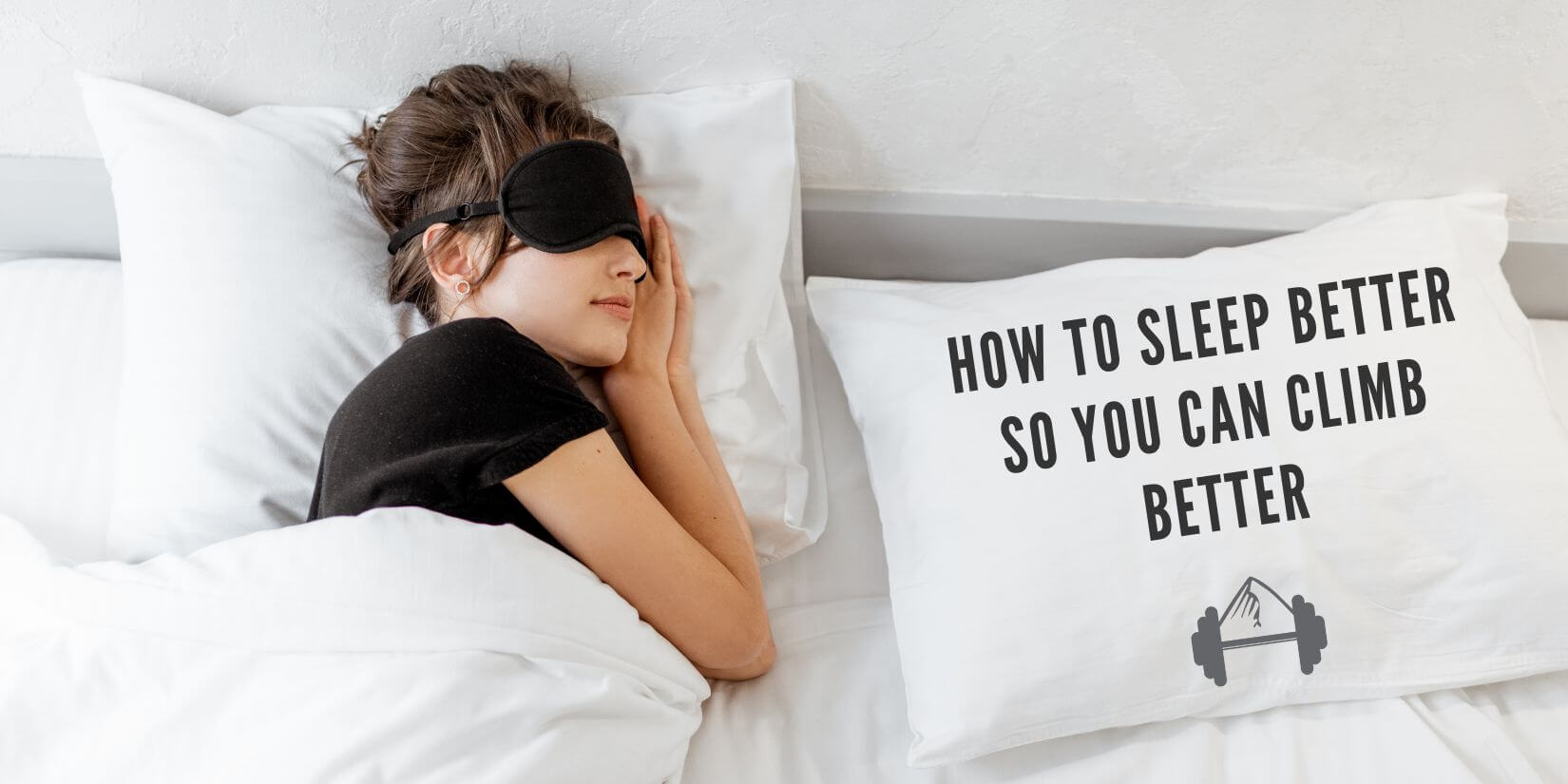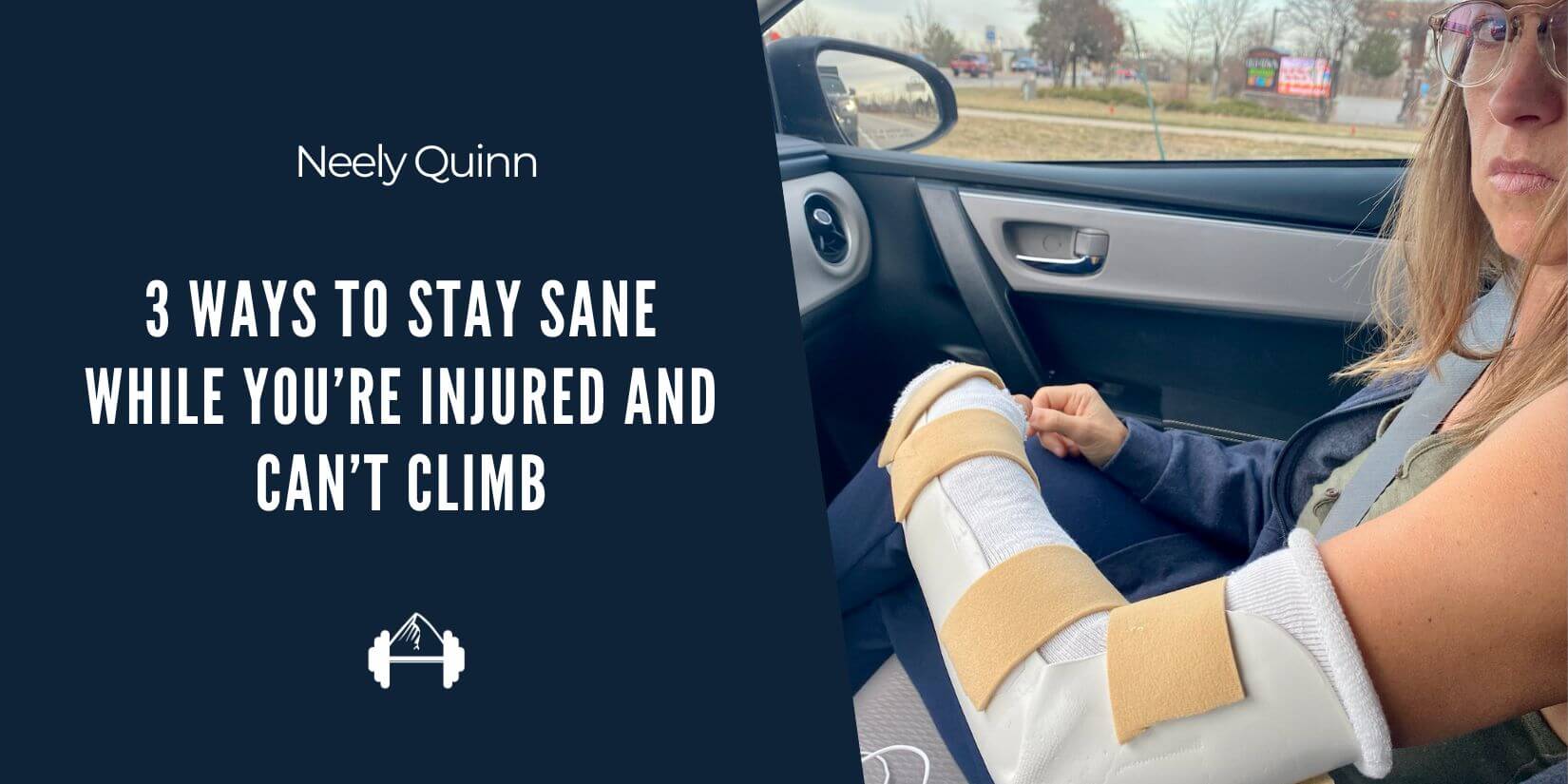You know the feeling. You’ve been busy, but you’re still trying to make time to train. Why? Because you have a little time off and a road trip is in the works!!! Whether it’s Hueco, the Red River Gorge, Joe’s Valley, or your favorite secret crag. When you’re on the road you want to climb hard, and the best way to climb hard is to set yourself up for success.
These 3 tips for climbing hard on a road trip will help you take you to the next level.
1) Train Before, Not During
It’s your first day at Hueco. You’re psyched and it’s go time. You make sure that you warm up and then you start working on a difficult boulder problem. Fast forward 5 hours. You’ve gone all over West mountain climbing some of the best boulders you’ve ever seen. You’re feeling tired and you haven’t been climbing as well as you might have hoped, or maybe you’ve been climbing better than you expected and you’re faced with a choice. Do you keep climbing or do you call it a day? You’re tired and your performance is dropping off, but you could definitely climb more. What do you do?
Well, there is something to be said for destroying yourself and getting all the climbing you can in. If that’s your goal then by all means disregard what I’m about to say. However, if you’re trying to accomplish a specific goal, like sending a boulder problem (or route) that you’ve been trying for years, or breaking into a new level of climbing, then listen up! You’re not going to get any stronger on your road trip by wrecking yourself. So, when you’re faced with the choice of whether to spend the next two hours taking it easy and enjoying the day or destroying yourself trying to build fitness, choose the former.
There are a few reasons that you want to marshal your energy. First, you probably don’t want to take a bunch of rest days and if you’re pushing yourself to the absolute max you’re going to need to. Second, if you climb several days in a row you might get stronger, but you’re going to need rest to recover, repair muscle tissue, and build new tissue. You’re going to get stronger in the long run, but in the short-term you’re only going to succeed in wearing yourself out and priming yourself for an injury. Third, I’ve found that if I marshal my daily attempts and forego the last two hours of “training” I can climb more days in a row and I can climb harder on the days that I do climb. So, the loss of those two hours of climbing are offset by feeling better on subsequent days and climbing more days in a row.
How do you know when to stop? If you’re really trying to make the most of a trip it should be at the point that you start making consistent negative progress at a grade that you should be projecting. So, if you’ve been climbing on V6’s all day, maybe you’ve done a few and fallen high on others. Then you start feeling tired and you’re falling at half height on a problem that you were consistently doing better on before. Well, it’s time to quit for the day. You have to ask yourself, “Do I want to eke this problem out and feel like shit tomorrow, or do I want to come back tomorrow, do this problem first try, and have another good day?” I would prefer the latter. So, when in doubt remember rule 1. Train before a road trip, not during.
2) Take the Gallon Challenge
Some people drink a ton of water, but for most of us it goes like this. It’s a rest day and you’ve spent the last 3 days out in a cold desert, freezing your ass off, and you can’t stand even the idea of drinking cold water. Then, on your rest day you drink coffee (a diuretic), a few beers, and maybe a liter of water. Then, you wake up the next day and climb. Then rinse and repeat. I’m here to tell you that a liter isn’t enough, and a convenient measurement for what is enough is a gallon jug. Go to the grocery store at the beginning of your trip, buy a gallon jug, and every rest day fill the jug and drink it all – doctor’s orders.
I picked this up from a friend who always seemed to rest for a day and come back at 100%. The first time I tried it I had to pee every 15 minutes, but I felt like a million bucks the next day. Needless to say I’m a believer and if you give it a chance I think you will be too.
3) Eat!
This is another no brainer, but people seem to be really bad about it. I think it’s pretty common in the climbing community (or in any athletic community for that matter) to be a little eating disordered. Let’s be perfectly honest, being light (within reason) helps! So, it goes like this. You’re at the crag, you brought some food, but you’re trying to stay light and you don’t want to eat a meal just before you get on your project. Then you get back to your campsite and you eat some food, but not too much, you drink some beer and go to sleep. Then you wake up and eat some cereal and go climbing again. The biggest problem with this picture is that while you’re staying light, you’re doing it at the expense of recovery and performance. So, here’s the trick… EAT!
When you’re at home sitting on your ass all day it’s fine to be conscious about your caloric intake, but when you’re spending all day in the cold, hiking to and from the crag, and climbing all day, you have to adjust accordingly. Especially when it comes to protein. Protein builds muscle and repairs it once it’s there. You need it to be strong. An athletic individual should be consuming between 60% and 90% of their bodyweight in grams of protein per day. So a 150-lb man should eat 90-135 grams of protein a day. I don’t care how big your dinner is and how much cereal you’re eating in the morning. To hit those numbers you’re going to need to eat some protein throughout the day. Bring some bars, a pre-cooked hamburger, a bunch of lunchmeat, or some hard boiled eggs with you to the crag. For those of you who feel like you just run better on sugar, I used to feel the same way and after a few weeks of forcing my self to eat protein throughout the day (along with plenty of those carbs), I realized that I had more energy, recovered faster, and just generally felt better. Give it a shot – we were given mouths for a reason!
That’s it. With those three easy tips you’ll go from climbing 5.10 to 5.14. Well, maybe not, but you’ll feel a whole lot better and climb a whole lot more on your trips, so that’s worth something right? If you have any other tips for improving performance on road trips leave a comment below!
Until next time…
Seth Lytton, Software Engineering Newb & Van Dweller
 This post was written by Seth Lytton (Neely’s husband,), whose climbing accomplishments include 5.14s and V11s due to taking his own advice above. He has spent the last 12 years of his life climbing and perfecting the art of the blitz style road trip.
This post was written by Seth Lytton (Neely’s husband,), whose climbing accomplishments include 5.14s and V11s due to taking his own advice above. He has spent the last 12 years of his life climbing and perfecting the art of the blitz style road trip.
Whether a 5-day trip to Hueco or 1-week trip to Yosemite, he was always happy to hop in the car and pitch for gas. Seth has finally graduated to big kid road tripping and is loving life. He is currently living in a van (with Neely) down by a river…







Interesting article. I have a BMI of 25… and have wanted to take off a few pounds to improve my climbing for awhile now (like since I started climbing sixteen years ago!). Thankfully I’m a trad climber and not a sport climber because I mostly climb at grades where mental fitness, not physical, is the more limiting factor. I’ve been Paleo for 2+ years now, though just like everyone else, I struggle with cheats from time to time- like that post-climbing brewski. Generally, though, I am aware of my food sensitivities, watch my carb intake, get plenty of whole foods in my diet, sleep pretty well and though I am active, I am not an exercise-holic.
I guess my point is that I feel like I am doing all of these things and yet it hasn’t really helped me lose any weight, certainly not anything significant. Furthermore, for me personally, I feel that the biggest improvement in my climbing has come from investment in mental training above anything else. Genetically speaking, I think there will always be those of us out there that love climbing but are never going to have the svelte, lithe bodies of pro climbers. I’d like to see this sort of nod to bioindividuality and different genetic potentials get more attention in discussion about body weight and climbing.
the amount of caffeine in a few cups of coffee isn’t enough to derail a good day of hydrating. the beer, however, is another thing entirely…
http://www.npr.org/blogs/thesalt/2014/01/13/262175623/coffee-myth-busting-cup-of-joe-may-help-hydration-and-memory
nice tips!
t
Hey Tommy,
Thanks for the comment. I did a little more research into the coffee question and you’re right. The amount of caffeine in 2-3 cups of coffee doesn’t cause abnormal fluid loss if you drink that amount of caffeine on a regular basis. Thanks for the fact check.
Seth
i’ve found an easier way to climb hard on a roadtrip is to travel exclusively to soft areas. then you can party, not rest, and still crush.